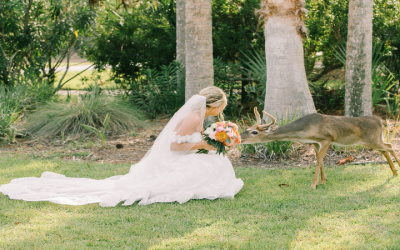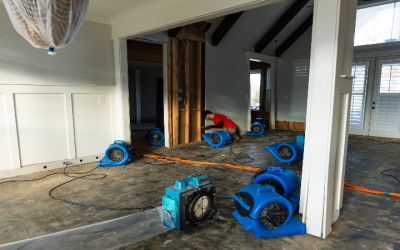For those planning on going whale watching, taking great photographs of your expedition is a top priority. If you’re worried about wasting your shots on subpar snaps, fear not! Here are some tips to help you get the very best pictures of your memorable day on the water:
Steady Hands Prevail
If you want top-quality photos, you’ll need to rein in your excitement and keep your hands as still as possible. While this is not easy on a moving boat, you’ll get the hang of it after just a few minutes aboard ship.
Go Mono
If you’re going to bring a steadying device, consider bringing a monopod. Tripods are not very useful onboard a whale watching vessel, but a monopod can help to steady your camera and also keep your hands free and from getting tired.
Have Your Settings Ready
There are several camera settings you may want to have prepared before your boat even leaves the dock. These include:
-
Set your focus to Al Servo mode
-
Set up or allow automatic white balance
-
Set your aperture and shutter speed high and go without filters for the best shots at high speed
Since whale watching doesn’t allow for repeat chances at the same shot, making sure your camera is ready beforehand will save you time and frustration later.
Make Sure. You’re Allowed to Take Pictures!
Most companies that provide whale watching services not only allow photography, but they also encourage it! However, not all companies are the same. Check with your prospective provider beforehand, and if photography is of key importance to you, book only with a company that encourages you to bring a camera and captures the moment.
Whale watching is a once-in-a-lifetime experience for many of us. Don’t let it be the last time you call to mind the beautiful images you see of nature’s most majestic creatures. Take some fantastic photos and remember the day for years to come!


